#palais des beaux-arts de lille
Photo
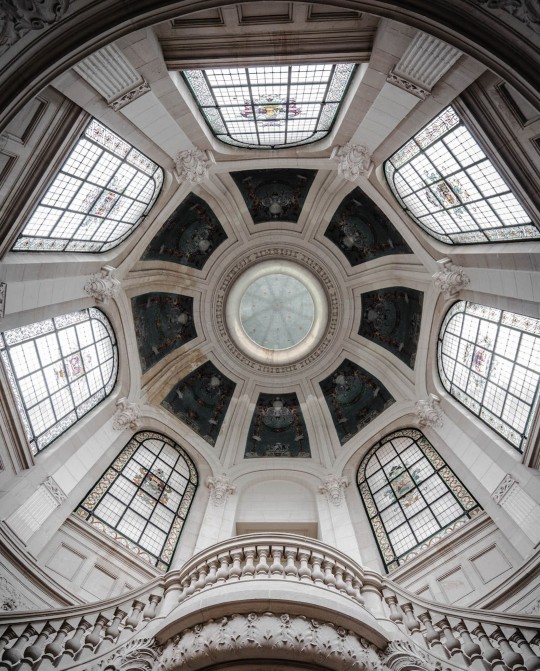
palais des beaux-arts de lille, france
#palais des beaux-arts de lille#france#europe#museum#palace#castle#architecture#fresco#ceiling#window#windows#stained glass#stained glass window#beauty#sculpture#ornate#art#aesthetic#history#detail#details#inspo#inspiration#travel#view#vista#tourism#photo#photograph#photography
27 notes
·
View notes
Text

Palais des Beaux Arts de Lille
#Palais des Beaux Arts de Lille#visualzen#lille#minimalism#minimal#abstract#museum#france#hautsdefrance#noart
36 notes
·
View notes
Text
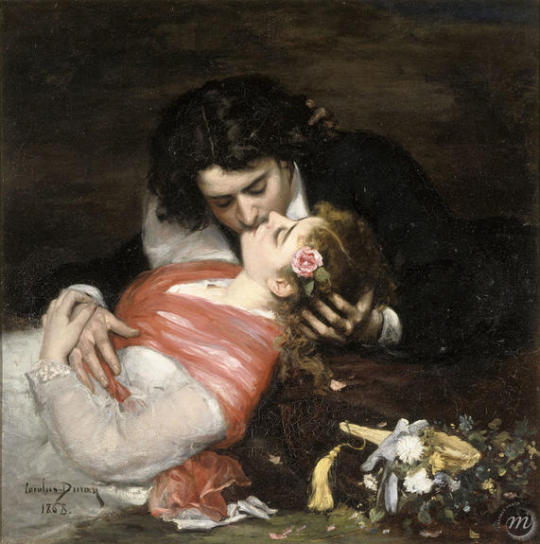
Carolus-Duran (1837-1917)
"The Kiss" (1868)
Oil on canvas
Located in the Palais des Beaux-Arts de Lille, Lille, France
The painting is a self-portrait of the artist and his wife, fellow artist Pauline Carolus-Duran née Croizette, as newlyweds.
#paintings#art#artwork#genre painting#portrait#carolus duran#oil on canvas#fine art#musuem#art gallery#french artist#history#male portrait#portrait of a man#female portrait#portrait of a woman#kiss#affection#affectionate#tender#sweet#gentle#clothing#clothes#1860s#mid 1800s#mid 19th century#a queue work of art#1k
1K notes
·
View notes
Text
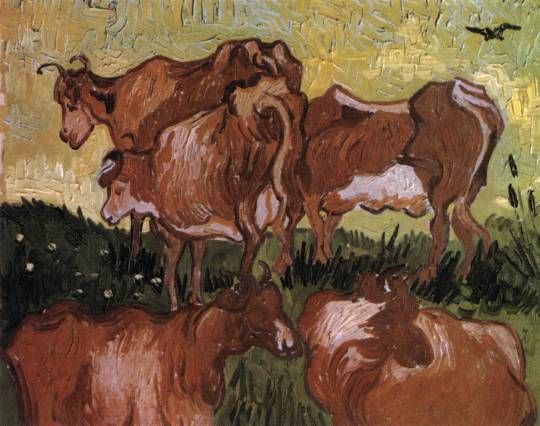
Vincent van Gogh
Cows (after Jordaens)
July 1890, Auvers-sur-Oise
Oil on canvas, 55 x 65 cm
Palais des Beaux-Arts, Lille
422 notes
·
View notes
Text

"L'homme endormi", c.1861 by Carolus Duran (1837–1917). French painter. Palais des Beaux-Arts de Lille, FR. oil on canvas
188 notes
·
View notes
Text




Augustin Lesage (1876-1954), was a French coal miner who became painter and artist through the help of what he considered to be spirit voices. When he was 35 years old, Lesage claimed he heard a voice speak to him from the darkness of the mine and tell him, “One day you will be a painter”. The only contact Lesage had had with the arts at that point in his life was a visit to the Palais des Beaux-Arts de Lille museum in Lille during his military service.
On purchasing his first canvas, Lesage mistakenly bought one ten times as large as he had intended. His spirit guides instructed him not to be daunted, but to begin painting. Large canvasses became his chosen format.
Lesage went on to develop a unique, highly symmetrical style, drafting detailed patterns and monolithic constructions reminiscent of Egyptian and Oriental architectural forms.
Lesage claimed, that he would never have any idea about what he wanted to portray. “I never have an overview of the entire work at any point of the execution. My guides tell me, ” I surrender to their impulse“.
At first Lesage never signed his paintings, and then began to sign them ‘Leonardo Da Vinci.’ It was only later that he began to add his own signature.

602 notes
·
View notes
Text


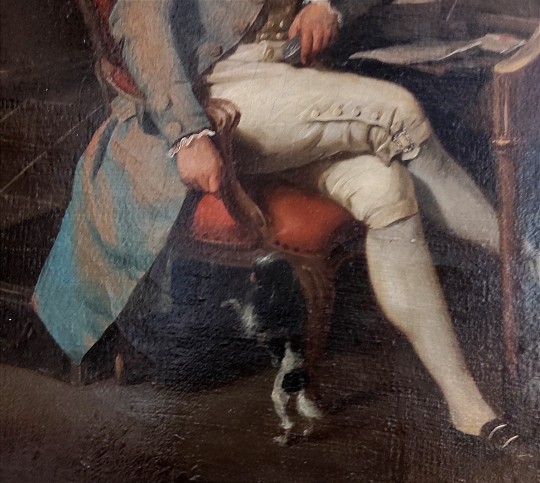
Look who I saw today - Portrait présumé de Robespierre (1758-1794), avocat et révolutionnaire by Louis-Léopold Boilly, 1791, Palais des Beaux-Arts de Lille.
#Had meant to go see it for a while#It's presumed to be him and tbh even though it's not especially striking he looks tranquil and I like it#and THE DOG#frev#robespierre
75 notes
·
View notes
Text

1704 Nicolas de Largillière - Portrait of Jean Baptiste Forest
(Palais des Beaux-Arts de Lille)
69 notes
·
View notes
Text
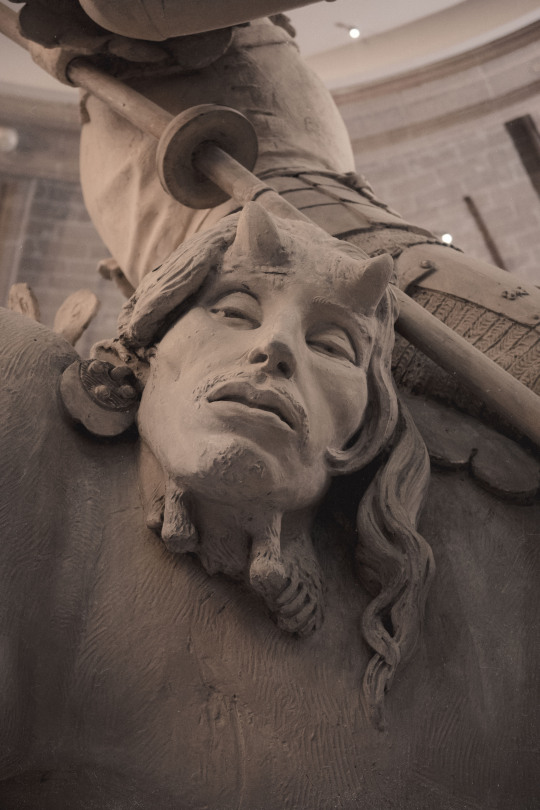
Le chevalier errant - Emmanuel Frémiet
Palais des Beaux Arts de Lille
#darkphotography#folklore#medievalphotography#museum#museumlover#middleages#pbalille#palaisdesbeauxarts#palaisdesbeauxartsdelille#goth#gothic#sculpture#emanuelfremiet#chevaliererrant
48 notes
·
View notes
Text

Edouard Vuillard, Flowers at the Palais des Beaux-Arts in Lille, 1904
37 notes
·
View notes
Text
Spartacus che spezza le sue catene (1847) “Bronzo, 219 x 94 x 6 cm” [Palais des Beaux-Arts de Lille, Lille, Francia] -- Denis Foyatier (Francese; 1793 - 1863)
“Ci fissa, con un aspetto severo, allo stesso tempo tristemente determinato e furioso. Nella mano destra, una spada. A sinistra, le sue catene rotte. Spartaco, il soldato dell'esercito romano diventato un gladiatore, si è appena liberato dai suoi catene ed è determinato a combattere.
La vita di questo personaggio storico è difficile da rintracciare. Tutto quello che sappiamo con certezza è che nacque in Tracia - oggi nella penisola balcanica - e che guidò una rivolta di schiavi tra il 73 e il 71 a.C. Questa rivolta fu repressa violentemente dal generale romano Crasso.
Spartaco è ancora oggi visto come l'epitome della resistenza contro un regime totalitario. Lui è un esempio di virtù. Non sorprende allora che la scultura sia stata oggetto di sfruttamento politico!
In effetti, qui vedete un simbolo dei Trois Glorieuses, i tre giorni di rivoluzione. Questi tre giorni di rivolta, nel luglio 1830, portarono alla rimozione di Carlo X e all'ascesa di Luigi Filippo. Infatti sappiamo che non era intenzione dell'artista denunciare la reale, anzi... La versione marmorea di Spartaco, ora conservata al Louvre, fu commissionata all'artista, nel 1828, dall'amministrazione reale di Carlo X! La storia stessa crea i suoi paradossi. ”
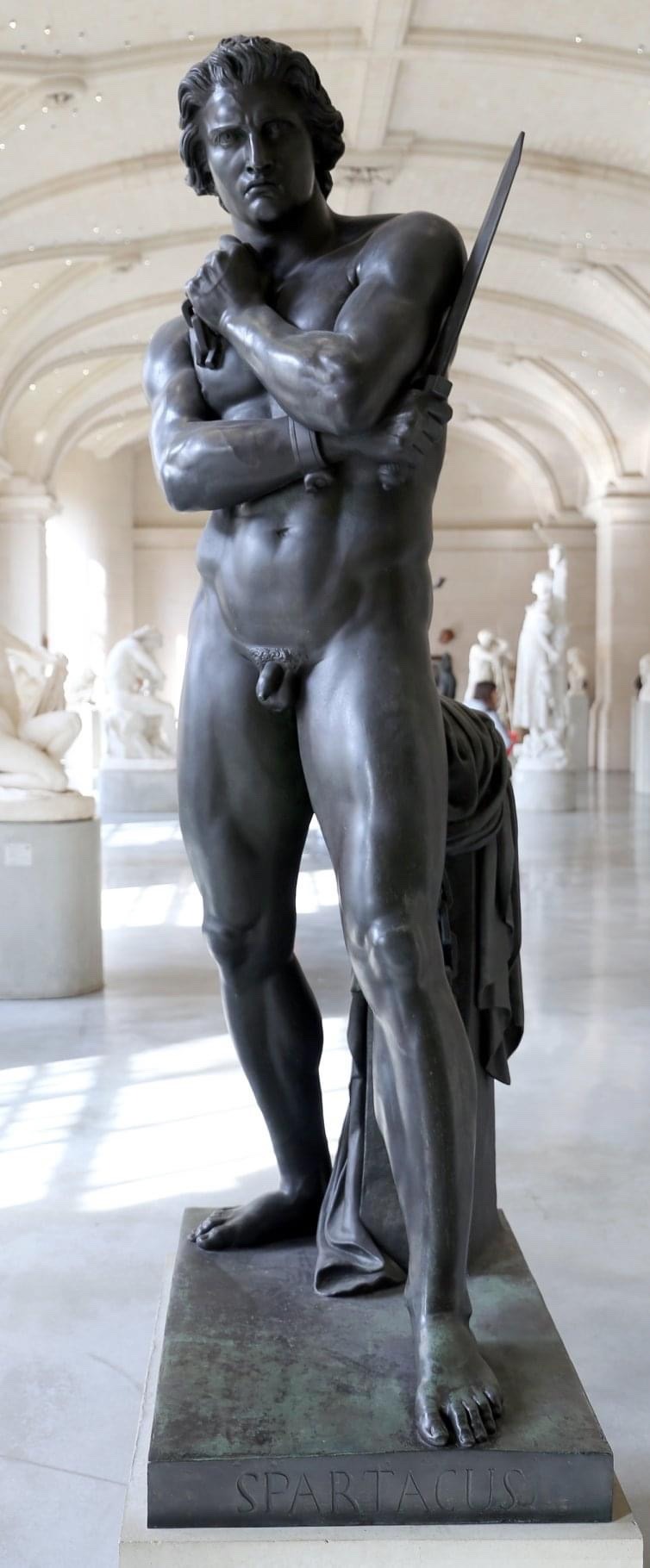
(Fonte: Palais Beaux-Arts Lille)
48 notes
·
View notes
Text


vétheuil, soleil couchant (1901). 2 paintings from a series of 15 by claude monet.
oil on canvas. on loan to palais des beaux arts, lille from musée d'orsay, paris.
16 notes
·
View notes
Text

The Coal Carrier.1882. Henri Gervex.1852-1929. Palais des Beaux-Arts de Lille.
13 notes
·
View notes
Text


Ebe, Victor Huguenin.
Palais des Beaux-Arts de Lille, in Francia
15 notes
·
View notes
Photo

1719 Jean-Baptiste Oudry - Portrait of a controller of wars
(Palais des Beaux-Arts de Lille)
100 notes
·
View notes
Text



Palais des Beaux-Arts de Lille - France
#darkphotography#folklore#gothic photography#vampyr#vampcore#medievalphotography#armure#medieval armor#lille#france
9 notes
·
View notes